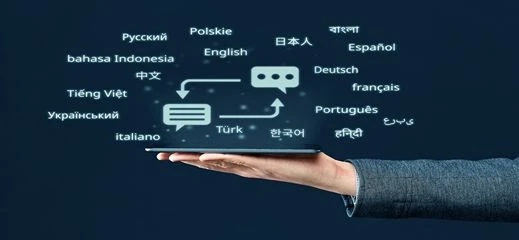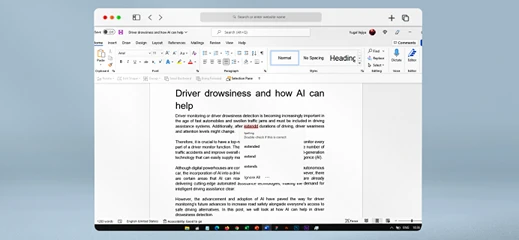Introduction
Welcome to the English-German Bilingual Parallel Corpora Dataset for the Culture domain, a richly curated collection of bilingual sentence pairs. Carefully translated between English and German, this dataset is tailored to support the development of culture-specific NLP tools, machine translation systems, and domain-adapted language models.
Dataset Content
•Volume and Diversity
•
Extensive Dataset:
Contains over 50,000 sentence pairs, offering broad linguistic coverage.
•
Translator Diversity:
Developed by 200+ native German translators, ensuring diverse linguistic styles and cultural nuances.
•
Word Count:
Sentences range between 7 to 25 words, ideal for NLP training and evaluation.
•
Syntactic Variety:
Includes simple, compound, and complex sentence structures.
•
Linguistic Variety:
Interrogative and imperative forms (questions and commands), affirmative and negative polarity, active and passive voice.
•
Idioms and Figurative Language:
Reflects cultural idioms, metaphors, and nuanced language use in artistic and cultural contexts.
•
Discourse Markers:
Incorporates connectives and transitional phrases for natural sentence flow.
•
Cross Translation:
Features both English→German and German→English translations, strengthening bi-directional modeling.
Domain-Specific Focus
•
Tailored Terminology:
Includes lexicon from cultural disciplines such as art, history, literature, music, folklore, and philosophy.
•
Authentic Expressions:
Captures real-world language from museum descriptions, literary reviews, traditional practices, and cultural heritage discussions.
•Cultural festivals & exhibitions
•Historical and anthropological texts
•Artistic movements and commentary
•Folklore narratives and literature
•
Cross-Domain Relevance:
Also applicable to sociology, anthropology, language arts, and philosophical discourse.
Format & Structure
•
Available Formats:
Provided in Excel, with conversion options to JSON, TMX, XML, XLIFF, and other industry-standard formats.
•Source Sentence & Word Count
•Target Sentence & Word Count
Usage & Applications
•
Machine Translation:
Train cultural content-aware bilingual MT engines.
•
NLP Tools:
Enhance predictive keyboards, grammar checkers, and speech/text understanding systems in cultural domains.
•
LLM Training:
Improve multilingual understanding for:
•Generating cultural summaries
•Interpreting heritage documentation
•Responding to culturally specific queries
Secure & Ethical Collection
•
Built on Yugo:
Entire dataset created through FutureBeeAI’s secure Yugo platform.
•
Confidential Handling:
All data remained within our controlled environment throughout the process.
•
Privacy Safe:
No personally identifiable information (PII) is included.
•
IP-Compliant:
All content is original and free from third-party copyright.
Updates & Customization
•Annotations:•Named Entity Recognition (NER)
•Sentiment and intent classification
•Multiple translation ranking and more
•
Classification:
Tagging by sentence type or cultural subdomain available.
•
Custom Collection:
Tailored bilingual datasets for any language pair and cultural segment on request.
Licensing
This English-German Culture Parallel Corpus is developed and licensed by FutureBeeAI. It is available for commercial use, including in AI applications, research, translation technology, and education platforms.

















